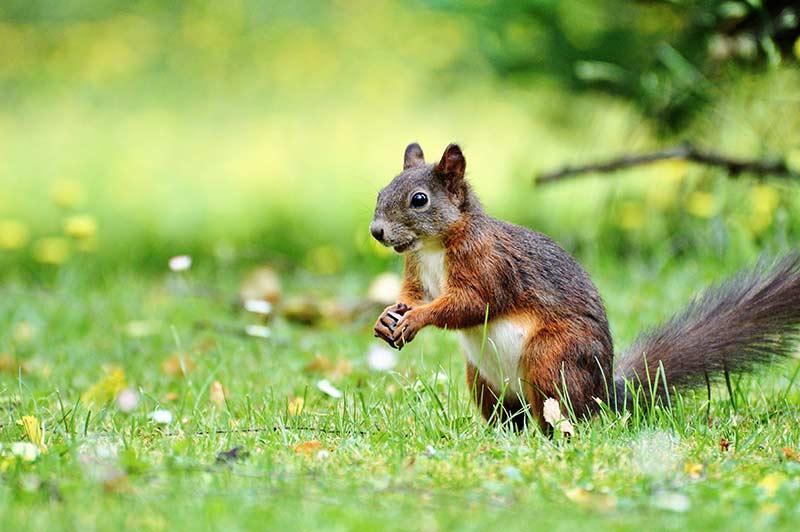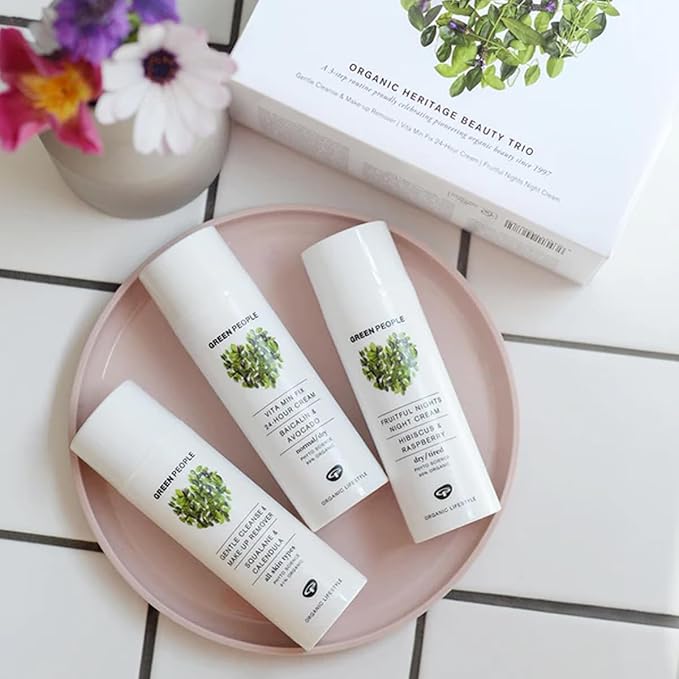First-time visitors to Georgia often want a clear, stress-free introduction that balances culture, nature and everyday comfort. Many begin in Tbilisi, where the airport sits close to the city centre and the compact Old Town allows easy walking between the sulphur baths, Narikala cable car and riverside viewpoints. Sustainable travel here means choosing walkable routes, local cafés and small hotels that support the community. Short trips to Mtskheta add historical depth without long drives, while Kakheti introduces wine traditions through slower, guided visits that reduce unnecessary transport. Some travellers combine Tbilisi with Batumi, using efficient internal travel rather than multiple flights. At Friendly Turtle EcoBlog, we encourage first-time visitors to travel Georgia responsibly by pacing itineraries, staying in family-run guesthouses, joining small-group tours and respecting local ecosystems. These mindful choices help reduce environmental impact while still offering a rich, authentic experience of Georgia’s cities, landscapes and traditions.
Share your articles with us and get published! Reach out at hello@friendlyturtle.com.
5 Ways To Transform Your Garden Into A Wildlife Paradise

Making your yard a safe space for wildlife is not only beneficial to the animals. Creating a wildlife paradise can positively impact the health of your plants, flowers, and any fruits and vegetables you are growing.
In this article, we will discuss tips for creating a wildlife garden that will surely please all your furry and feathered friends. Following these simple guidelines will help you to turn your backyard into a true paradise for wild animals.
The benefits of wildlife
There are many benefits to having wildlife in your garden, including some that you may not have thought about before. These are the key reasons you should encourage wildlife into your garden.
- Pest control - One of the most obvious benefits is that they help to keep your plants healthy by eating pests. This can save you money on pesticides and prevent you from using harmful chemicals to protect your greenery.
- Seed spreading - Wildlife also helps to spread seeds around, which can help to increase the biodiversity in your area.
- Pollination - Many animals, such as bees and butterflies, are important pollinators. This means they help to transfer pollen between flowers, which is essential for plant reproduction.
- Nutrient spreading - Insects and mammals help to add nutrients to your soil. This is because they deposit waste, which breaks down and enriches the earth.
- Ecological balance - All animals play a role in maintaining the delicate balance of their ecosystems. By having wildlife in your yard, you are helping to support this balance and ensuring that nature can thrive.
Animals that you should be inviting into your garden
Some animals cause more damage than good, but others should be on your wildlife Wishlist. If you start seeing the following animals in your outdoor space, you'll know your efforts to create a haven for wildlife have succeeded.
- Pollinators like bees, butterflies, and birds are an essential part of any garden's ecosystem.
- Toads, frogs, and lizards are vital pest control, especially for gardens with a slug problem.
- Ants and beetles can pollinate, and they also naturally turn over the soil as they dig
Some varieties of these animals, like Japanese beetles, can be damaging. If you suspect any of the wildlife in your garden is causing damage, take special precautions to remove them.
How to create a successful wildlife garden
Now you know why introducing wildlife to your garden is so important, we'll arm you with the knowledge that you need to create a successful wildlife garden of your own. you don't have to implement all these changes at once but starting small and making gradual changes will have a much bigger impact than you might think.

1. Choose the right plants
One of the most important things you can do to attract wildlife is to choose the right plants. Make sure you select a variety of native plants, as these will be best suited to your local climate and soil. Planting non-native species can damage your local ecosystem, so make sure you do your research. You should also try to include a mix of trees, shrubs, and perennials to provide food and shelter for a range of animals. Planting wildflowers can also help to increase the biodiversity of your outdoor space.

2. Make your garden accessible
To attract any animals, you need to make sure that your garden is an accessible and welcoming space for them. This means creating easy routes in and out, for example, making small openings in fences or replacing fences with hedgerows that they can find their way through. You will also need to provide habitats for animals to live in. For example, if you want to attract toads, frogs, and lizards, you'd benefit from creating a pond. To attract birds, put up some nesting boxes and feeding stations. Generally, think about what animals might need and provide it for them.

3. Provide food and water
Water is essential for all animals, so try to include a small pond or birdbath in your design. You could even add a water feature like a waterfall or fountain to really make your garden stand out, but you’ll need to be careful of leaving stagnant water which can provide the perfect place for mosquitos to lay their eggs. Ensure water is kept moving to prevent this, and if you are leaving out dishes or bowls of water, change them every day.
You will also need to provide food, or at least the means to get food, for the animals you want to attract. This could be anything from a bird feeder full of seeds to a fruit tree that bears berries in the summer. If you're not sure what to plant, look around your neighbourhood and see what's already attracting wildlife.
4. Provide shelter
As well as food and water, animals also need somewhere to shelter. This could be in the form of a hedge, log pile, or even just some dense foliage. If you have the space, you could even build a small shed or hut that can be used as a home for animals. Again, think about what animals you want to attract and provide the appropriate shelter.

5. Get rid of your lawn
Wildlife thrives when outdoor areas are left to go wild. Manicured and fake lawns do nothing for local animals, when things are too tidy there is nowhere for them to hunt, forage, or hide. They also provide very little drainage, causing rainwater runoff that can push harmful pesticides and chemicals into streams, polluting your local wildlife’s water supply. Try to stop being precious about how your garden looks and get rid of your perfect lawn, or at least leave a corner of your outdoor space to go ‘out of control’. You could also plant a moss lawn. They can put up with drought, and are much more beneficial.
Start re-wilding your garden today
Wildlife gardens provide many benefits for both people and wildlife. By choosing the right plants, making your garden accessible, and providing shelter, you can create a successful wildlife garden that will help to improve your local ecosystem. Have you created a wildlife garden in your own backyard? If so, we’d love to hear about it! Share your experiences in the comments below.0 comments
Let customers speak for us
Blog posts
A calm, multifunctional garden can be more than a pretty backdrop it can become a practical extension of your home that supports slow mornings, outdoor meals, and genuine downtime. In this Friendly Turtle EcoBlog guide, we look at simple, sustainable ways to shape an outdoor space that feels organised, welcoming, and easy to use throughout the week. Start by creating clear “zones”: a quiet seating corner for reading, a dining spot for relaxed lunches, and a flexible open area for play or potting. Light-touch structures, such as an airy pergola or a sheltered veranda, add definition without blocking daylight, making the garden usable in changeable weather. Keep the mood restful with layered planting: evergreens for year-round structure, seasonal flowers for colour, and lightly scented herbs near paths. Choose reclaimed or recycled materials where possible, add soft warm lighting, and reduce water waste with mulch and a simple rainwater butt. The result is a garden that feels calm, functional, and kinder to the planet.
Finding the right mental health support in Woodland Hills starts with checking credentials, treatment approach and access to care. Look for licensed clinicians with training in evidence-based therapies such as CBT or DBT, and ask whether programmes offer coordinated psychiatry, talking therapy and crisis support when needed. The best providers also explain your options clearly, from outpatient sessions to more structured day programmes, and may include complementary practices that support recovery, such as mindfulness, movement and nutrition guidance. At Friendly Turtle EcoBlog, we often explore how everyday choices shape wellbeing; this guide applies the same practical lens to mental health care, helping you compare services, understand what ‘holistic’ really means, and choose a setting that feels safe, respectful and tailored to your needs. It also highlights practical questions to ask about availability, confidentiality, fees and insurance, so you can make a confident, informed decision.



